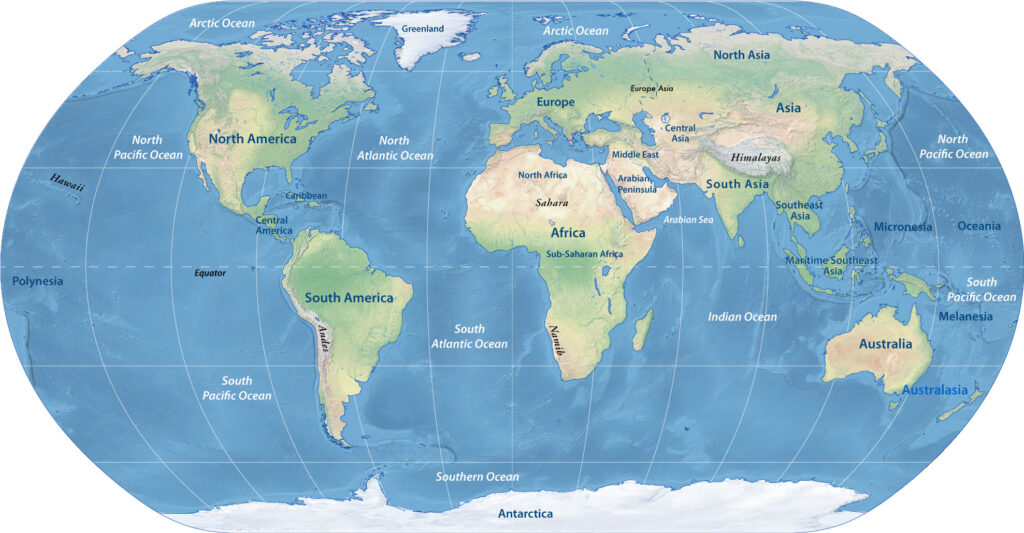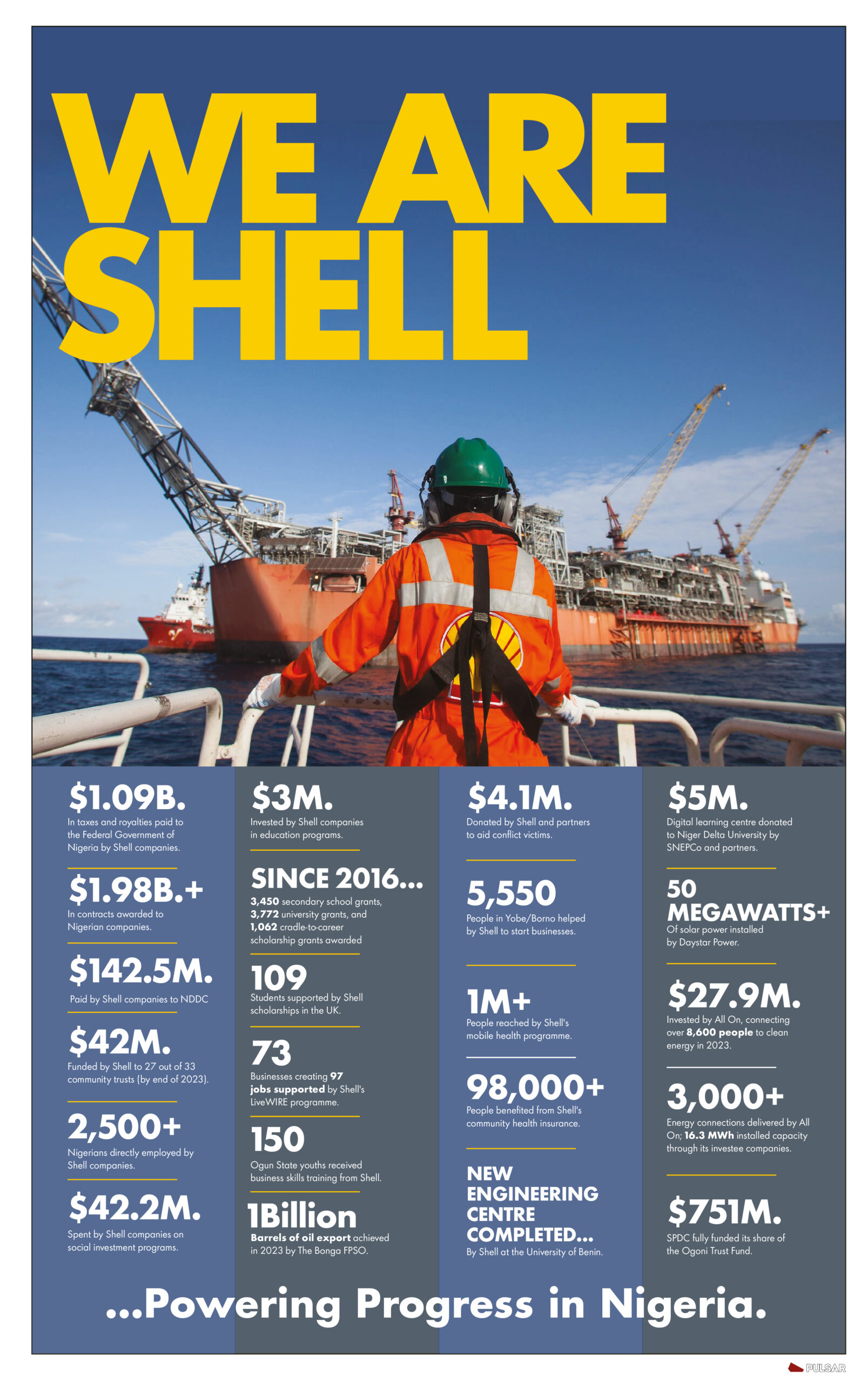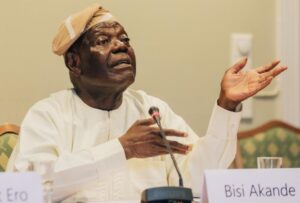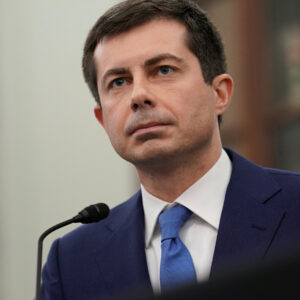
NEW YEAR PREDICTIONS : IN 2025, THE OLD CLICHÉ WILL CERTAINLY HOLD TRUE: EXPECT THE UNEXPECTED
This page is supported by Shell Nigeria. Click here for more information
This year saw no shortage of tectonic geopolitical developments: the entry of long-neutral Sweden into NATO, Ukrainian forces’ incursion into Russia’s Kursk region, Israeli strikes in Iran and Lebanon, the election of Donald Trump, the fall of Bashar Assad’s regime in Syria and the impeachment of South Korean President Yoon Suk Yeol soon after he declared martial law.
The year also saw the continuation of longer-term trends that were no less consequential – from ever-improving artificial intelligence and the increasing division of the world into rival “blocs” to the growing threat of climate change, with 2024 ranking as the hottest year on record.
As the saying goes, predictions are hard, especially about the future. But to gain some insight into the year ahead, I polled my colleagues at the Council on Foreign Relations about what they will be looking out for in 2025.
The Middle East seems poised to dominate headlines. Will post-Assad Syria unify disparate opposition groups? Or will it remain a failed state, only this time, run by Islamists? Syria’s fate will not only define the future for the country’s 23 million people but also have a significant impact on its immediate neighbors: Turkey, Iraq, Jordan, Lebanon and Israel.
As for Iran, will 2025 be the year the country races to develop an actual nuclear capability? On the one hand, Tehran tends to avoid provocations in times of crisis, so it might seek negotiations with the United States, particularly before European sanctions snap back. On the other hand, given that Iran has seen the degradation of its leading proxies, Hamas and Hezbollah; the loss of its chief client state, Syria; the ineffectiveness of its missile capability against the defenses of Israel, the United States and other partners; and the destruction of its air defenses by Israel’s recent strikes, the regime might well be more incentivized than ever to develop the ultimate deterrent of a nuclear weapon.
And then there is the Israel factor: Israeli leaders are filled with confidence after defying outside entreaties to end the war in Gaza and de-escalate their country’s conflicts with Iran and Hezbollah. Euphoric and emboldened, they may decide that this is the year to strike Iran’s nuclear program and set it back years.
What does 2025 hold for another war zone, Ukraine? Trump has promised to end the conflict there, but the fact remains that the Ukrainian and Russian visions of a settlement differ wildly, and Russian President Vladimir Putin has shown little interest in serious negotiations.
Rather than end, that conflict may well escalate in 2025. A Ukrainian operative recently assassinated a high-ranking Russian general in Moscow, and previously, Putin threatened to target “decision-making centers” in Kyiv with a new ballistic missile. Over the course of next year, Putin will likely face mounting domestic problems. Russia’s central bank has forecast economic growth of 0.5% to 1.5% in 2025, down from 3.5% to 4%in 2024, suggesting that the wartime boom may have run its course.
A related question is how far China is prepared to go in supporting Russia, its “no limits” partner. Chinese President Xi Jinping has evinced little outward disapproval of Putin’s war in Ukraine; on the contrary, China is supplying vital military technology and support to Russia. But 2025 may be the year we start to see slivers of daylight between the two revisionist powers, as each tries to cut deals with Trump and the constraints on their alignment become more evident.
China remains preoccupied with Taiwan. China this month held its largest maritime military exercises in decades. Involving nearly 90 vessels, the drills seemed designed to send the message that Beijing had the power to blockade the island and prevent U.S. allies from coming to its rescue.
The return of Trump cuts both ways for Taiwan. On one hand, the president-elect has promised to sharpen U.S. competition with Beijing. On the other, he seems to harbor no affinity for the democratic island and has criticized its success in becoming a semiconductor powerhouse at the expense, in his view, of the United States. President Joe Biden has mused about coming to the defense of Taiwan in the context of a Chinese invasion; Trump has suggested he might slap tariffs on China instead.
The biggest humanitarian crisis in the world at the moment is the civil war in Sudan, which has been raging since the spring of 2023. The crisis is only expected to get worse in 2025 as outside powers – including the United Arab Emirates and Saudi Arabia – continue to meddle in Sudan’s conflict.
Elsewhere on the African continent, it will be worth watching the simmering conflict between the Democratic Republic of the Congo and Rwanda, the chronic Islamist insurgency in northern Nigeria, South Africa’s G-20 presidency and potentially volatile elections expected in 2025 in Côte d’Ivoire, Tanzania and Cameroon.
How Ukraine Can Still Win the War
In this photo provided by Ukraine’s 24th Mechanised Brigade press service, servicemen of the 24th Mechanised Brigade fire 2s5 self-propelled 152mm howitzer towards Russian positions near Chasiv Yar, Donetsk region, Ukraine, Monday, Nov. 18, 2024. (Oleg Petrasiuk/Ukrainian 24th Mechanised Brigade via AP)
Latin American nations, already struggling to absorb 20 million migrants displaced from across the region and the Caribbean, and are bracing for a renewed exodus from Venezuela as President Nicolas Maduro holds onto the presidency in defiance of the 2024 election results.
Against this geopolitical backdrop are some worrisome economic trends for the U.S.: potential tension between Trump and the Federal Reserve; the impact of tariffs – and potential retaliation – on China as well as on U.S. allies and partners, such as Mexico and Canada; and the unsustainable trajectory of U.S. deficits and debt. All these trends are mounting at a time when the markets are “priced for perfection,” meaning they assume the best about the year ahead.
Some of these concerns were shared by a group of 25 business leaders I met with earlier in the month as part of CFR’s CEO Leadership Circle. They expressed anxiety about tariffs, about a potential clash with the Fed and about heightened geopolitical competition with China. They also expressed unease about changes in U.S. immigration policy that could shrink the labor pool.
But overall, the CEOs were bullish on the U.S. economy, expecting continued strong growth, low unemployment, falling interest rates and lower energy costs – not to mention less regulation and antitrust enforcement under the Trump administration.
Another source of optimism among business leaders: the United States’ advantage in cutting-edge technologies, especially AI. They hoped the incoming administration would strike the right balance between making sure that AI is used responsibly and encouraging innovation.
Of course, if the past is prologue, the year ahead will be filled with surprises – some good, some bad – that no one will have predicted. In 2025, the old cliché will certainly hold true: Expect the unexpected
SOURCE US NEW &WORLD REPORT EXCEPT HEADLINE







